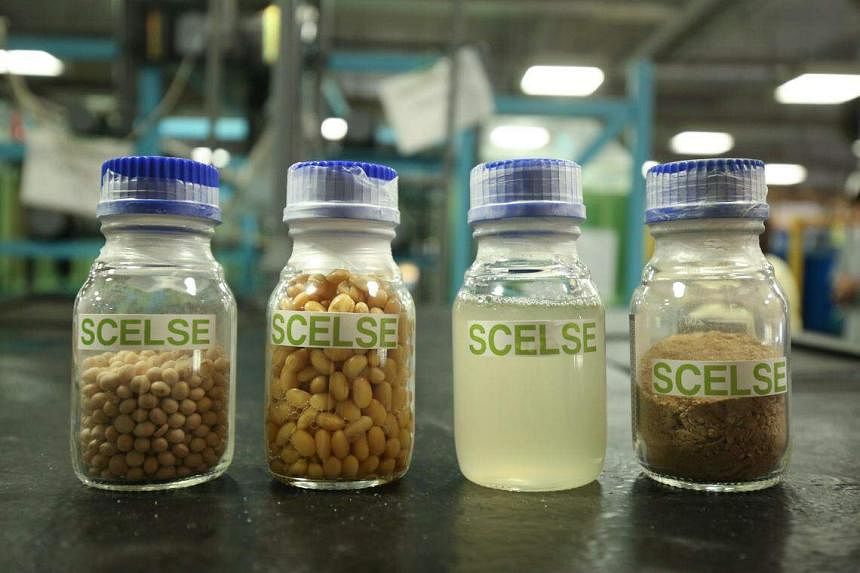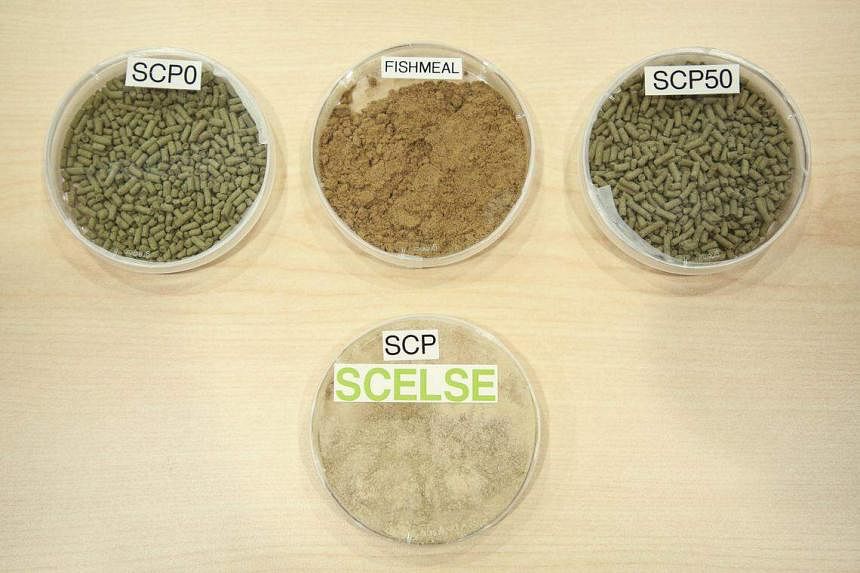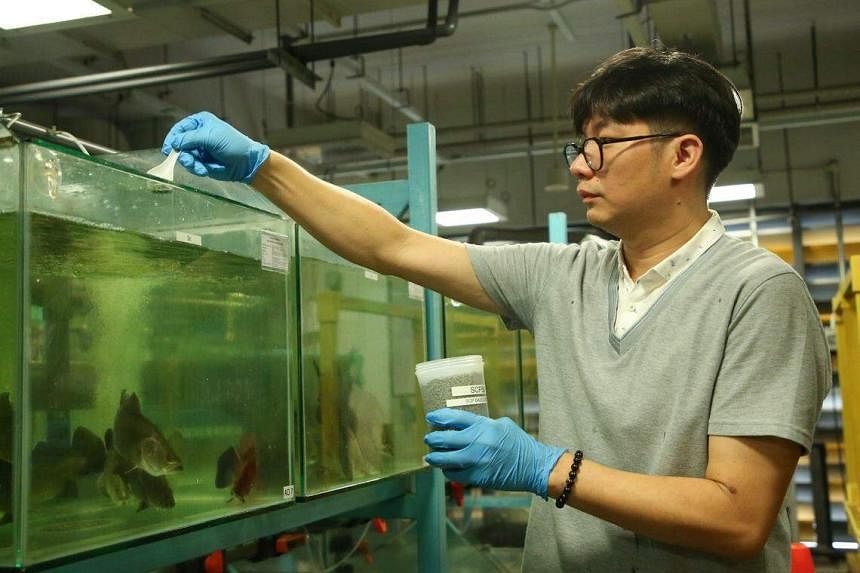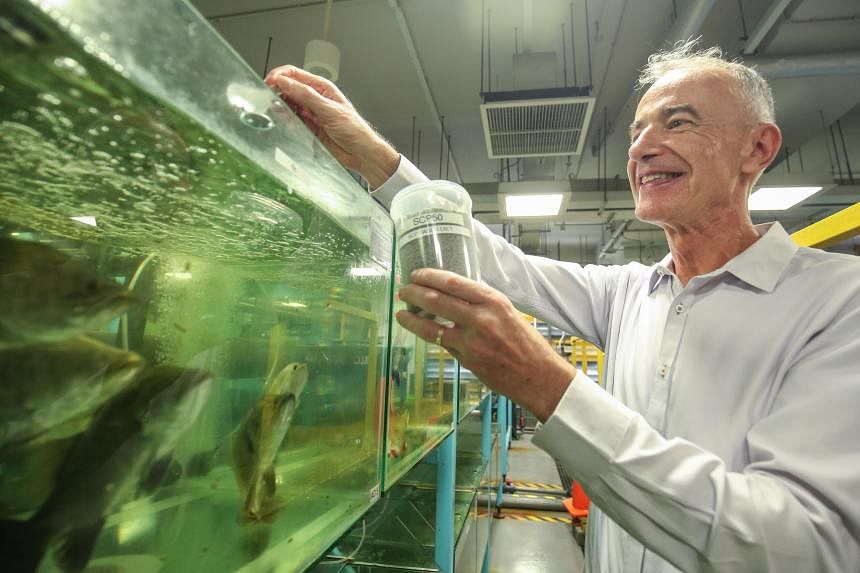SINGAPORE – Fish on your dinner table could one day be produced more sustainably – and possibly more affordably – as scientists in Singapore have found a way to create fish food from food processing wastewater.
Farmed fish such as Asian sea bass are typically fed fishmeal – pellets made from powderised wild-caught fish that has been cooked.
But fishmeal is expensive and unsustainable, as it contributes to overfishing at sea.
The alternative – feeding fish with expired bread and baked goods, a common practice at traditional fish farms in ponds or rivers – pollutes saltwater environments and leads to lower oxygen levels in the water.
“And so the idea is to find a sustainable source of protein in the feed, so that the aquaculture industry can grow,” said Professor Stefan Wuertz, lead investigator of a study published in the journal Scientific Reports in January.
His team, from the Singapore Centre for Environmental Life Sciences Engineering (SCELSE) and Temasek Polytechnic’s Aquaculture Innovation Centre (AIC), created fish food pellets where half the fishmeal is replaced by a microbial protein.
The scientists took the water that soya beans are soaked in before they are processed into soya bean milk, and put it in bioreactors with microorganisms to cultivate the single-cell protein. Bioreactors provide a controlled environment for biological and chemical reactions.
This wastewater contains these same microorganisms, which have probiotic potential essential for healthy fish growth.

The research team used soya bean processing wastewater, which would otherwise be discarded, from soya bean food and beverage chain Mr Bean.
The scientists fed a group of young Asian sea bass with regular fishmeal, and a second group with pellets comprising equal parts regular fishmeal and single-cell protein. Both diets provided the same amount of nutritional content for the young fish.
The scientists found that after 24 days, both groups of Asian sea bass had grown by the same amount.

Dr Diana Chan, co-principal investigator of the study and head of AIC, said: “The results of our fish feeding performance trials are promising for the aquaculture industry, offering an alternative protein source to meet the increasing need to replace fishmeal, which has become very costly and unsustainable in supply.”
The study has received $4 million in funds from the National Research Foundation since 2020.

Prof Wuertz, who is from Nanyang Technological University’s School of Civil and Environmental Engineering and who is the deputy centre director of SCELSE, said the research team is currently in talks with Mr Bean to scale up the production of the single-cell protein.
Fish feed made from single-cell protein will be cheaper than commercial fishmeal in future, as wild-caught fish becomes less available, he said. This will impact the price of farmed fish.
“We hope that the results of our research will encourage other food processing companies to collaborate with our team to make use of their waste streams,” he added.

